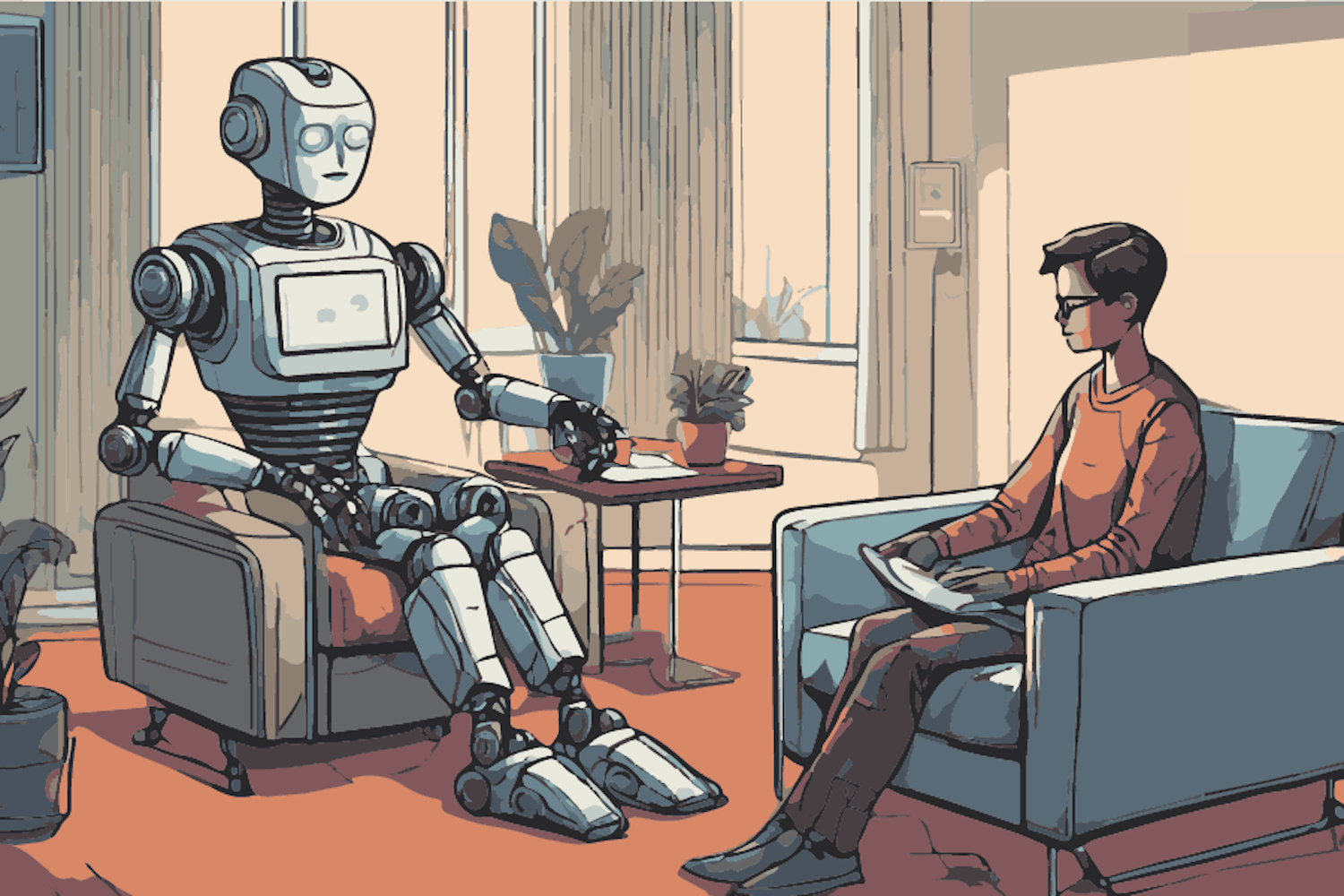This is the year that America took to the streets.
But something seems off, somehow. Mass protest is not alien to America, exactly, but it’s a strange sight in the most prosperous nation in the history of the world.
Some of the unsettling nature of both the Tea Party and “Occupy Wall Street” is this: America already has mechanisms for social change. They’re called elections.
The Tea Partiers formed after their side lost the 2008 presidential election. They formed to protest the things the popularly elected president of the U.S. said during his campaign that he would do.
It’s no coincidence that Tea Party energy lessened after the Republicans took back Congress in 2010. Everything looks better when your side gets elected.
“Occupy Wall Street” claims their protests are necessary because the political system doesn’t work for them anymore. Ignoring the tautological implications of saying that you can’t win elections because you can’t win elections, a few things are clear.
First, “Occupy Wall Street’s” complaints aren’t that far off the average Democrat’s platform. Indeed, the ease with which many elected Democrats have endorsed the movement belies the argument that it is especially radical, speaking truth to power.
Further, the fact that entrenched politicians (all elected because they raised money and struck a political chord in the electorate) makes it clear that candidates who agree with many of the movement’s goals shouldn’t have too much trouble getting elected in many states and Congressional districts. Maybe the protestors should Occupy Washington the old-fashioned way — by getting more votes than the other guy.
In many ways, the “Occupy Wall Street” protest owes its existence to the Tea Party protests. As a few commentators have noted this week, the two movements have some unexpected commonalities.
Both movements, for example, claim to represent the dispossessed majority. Both initially argued that true change can’t happen through our political system.
The “Occupy Wall Street” movement surely takes some inspiration from the blitz of media coverage that the Tea Party earned. As effective as the Tea Parties have been, it was only a matter of time before similar protests began on the left. And the next step should be similar to that of the Tea Parties — realize that political change is possible through elections, and the system isn’t really stacked against you.
There’s something to be said for caring enough to take to the streets. If nothing else, it shows that America isn’t yet as apathetic as we’ve been accused of being.
But the Tea Party and “Occupy Wall Street” movements are fundamentally different enough that it’s a little incongruous that both exist in the same country.
Their coexistence means something else: The situation can’t be as bad as either movement believes. The success of Tea Party candidates in 2010 and the run-up to 2012 should show “Occupy Wall Street” that the best way to change America is still to recruit candidates, make political arguments and vote.
Reach the columnist at wmunsil@asu.edu.



